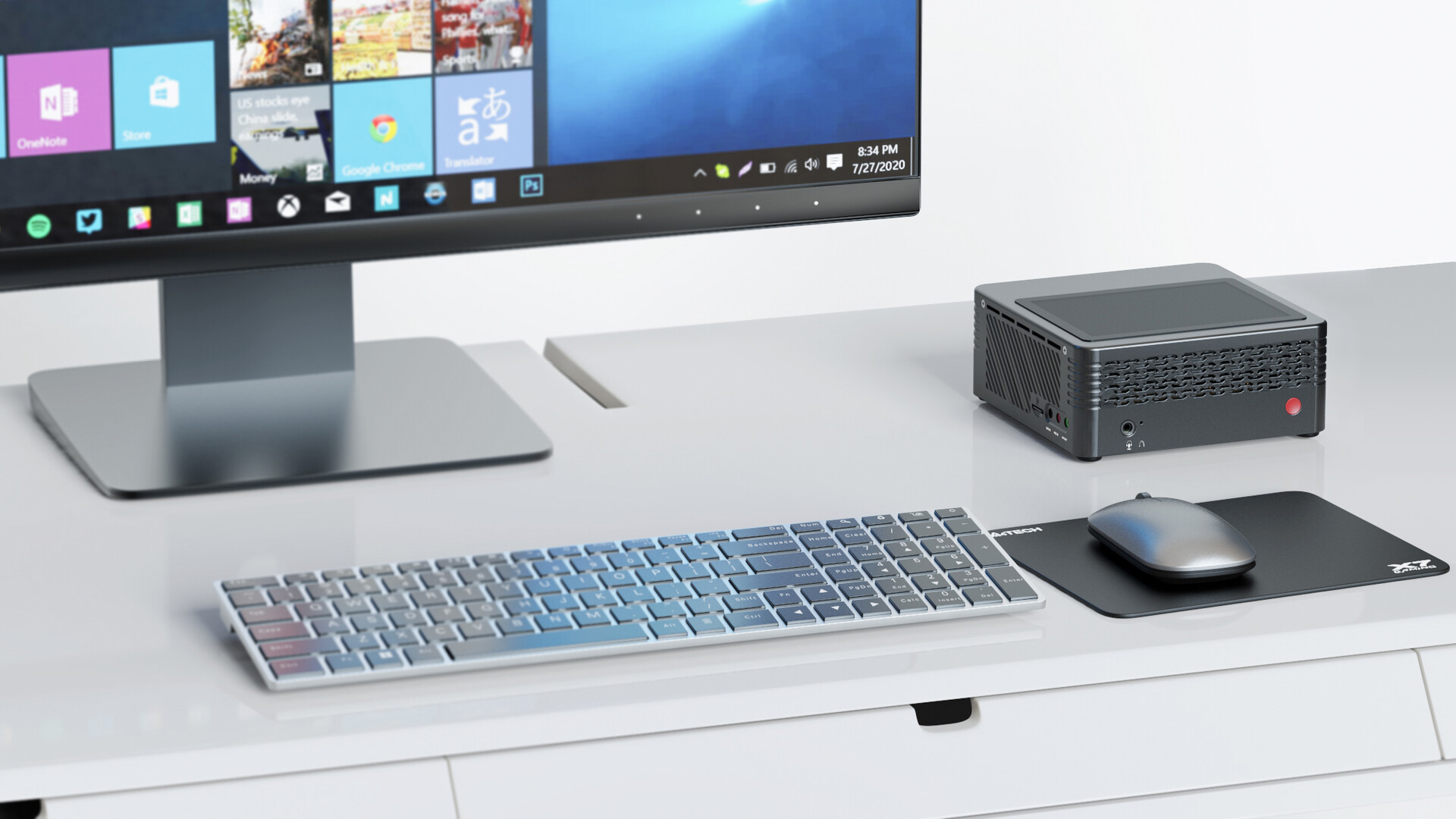The PC market: Competition to Saturation?
Figuring out that 7nm or 10nm CPUs or recent GPUs can serve their long-term demands, many PC enthusiasts suddenly care less about future hardware…
The global chip shortage has unexpectedly driven many PC lovers to be more content with their current setups or hardware they are lucky enough to buy. Becoming less demanding, many have managed to squeeze every fps from the hardware to enjoy whatever is in their hands. This situation seems familiar, especially when the roughly 6.5-inch rectangle-shaped smartphones reached their limit in many aspects around four years ago.
After ongoing renovations in design, camera, battery life and ergonomics, smartphones seem to have reached their saturation point when mostly everyone was satisfied with what they’d got for their daily use. Later updates would ensure enhancements, but leaks, renders and improvements that barely affect real-life use lessen the mass enthusiasm towards a smartphone release event.
But, PC may be on another route…
The computer market may not face saturation in the foreseeable future. Corporations always need more advanced hardware, while big organizations want to have their servers updated. For individual consumers, updates for PC software would uplift their demands every year, as they often require better specs and consume more memories over time.
More importantly, such long-lasting technologies as PCs are able to keep their consumers paying.
If you bought Photoshop in 1990 and have been continually paying for the annual updates, you have paid Adobe roughly $5,000. In a business-oriented world, paying $5,000 to use such profit-generating and creativity-encouraging software in more or less than 30 years seems to be surprisingly reasonable.
This example is a perfect illustration of win-win payments that maintain the well-being of software manufacturers. We need to spend only $13 a month to edit a photo in any way we want, while Adobe collects this monthly $13 from numerous individuals.
To keep their software appealing, manufacturers don’t hesitate to upgrade software by integrating more features and creating even more new demands for the target audiences. This practice aligns with educating the market. Microsoft Word was once simple document-editing software, and now it serves as a database or a web layout solution. According to Scientific American, to retain customers, software companies eventually have to bring in features that are not necessary for the majority and stimulate the need for those add-ons. A consequence is that we hardly use all of our software’s features, and emotionally, we would feel that the software is somewhat good enough for our use while it still lacks something to be a perfect fit for us.
Once the feature collections reach a certain degree of complexity, the next thing subject to modification is the user interface or the software design. And it is often advertised as “a new feature”. Realizing that not everyone needs a fresh look at software they are familiar with, manufacturers gave birth to a new definition: “no longer supported”. They no longer support the old versions, urging us to renew the subscription.
It isn’t necessarily a bad thing.
Modern people seemingly like to be surrounded by things they don’t need, giving rise to e-commerce platforms that typically sell what we want rather than what keeps us alive. However, this is the essence of the tech industry and many others: society has developed to a level that one’s demand to live comfortably and possess luxury is justifiable. A typical product would be obsolete quickly, while a new, redesigned one would directly create cash flows. Cash flows nurture economies. In other words, upgrading a product with those “unnecessary” features is financially beneficial. The PC market is hence far from the point of saturation.
The global chip shortage has made us look straight into our demands and what we’d find when buying a tech item. When most of us have less money than before, we can learn how to balance our budget and tend to build a PC in line with our needs and characteristics, and this leads to much more accurate purchase decisions.



Comments
Post a Comment